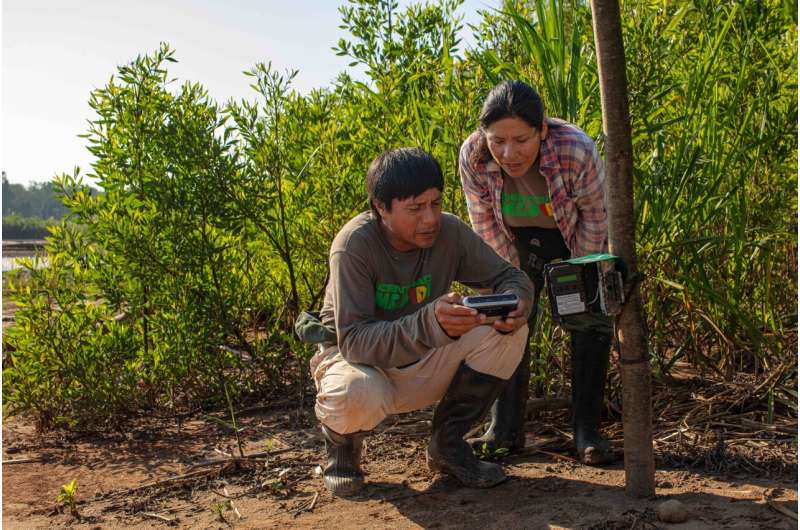
147 scientists from 122 research institutions and nature conservation organizations have captured 120 000 camera trap images of wildlife in eight different countries. This international team is collaborating with the Wildlife Conservation Society and together they are working on the largest photo database of Amazonian wildlife to this day.
The study is led by German Center for Integrative Biodiversity Research and the Friedrich Schiller University Jena and their camera traps have taken a total of 57 000 pictures of 289 species from 143 different field sights. Some of the species caught on camera are jaguars and their cubs, a giant anteater, short-eared dogs, tapirs, white-lipped peccaries, harpy eagles, toucans, pumas and Andean bears.
This database was built with the intention to document habitat loss, fragmentation and the impact of climate change while also keeping track of Amazonian wildlife. The Amazon Basin covers almost 3.2 million square miles and spreads through Brazil, Bolivia, Colombia, Ecuador, French Guiana, Peru, Suriname, and Venezuela.
“WCS scientists were proud to collaborate with such a diverse group of scientists and organizations on this important study,” says Said Robert Wallace, Director of WCS’s Greater Madidi-Tambopata Landscape Program, and a co-author of the study to Phys.org. “The tens of thousands of images WCS provided will serve as critical data points to show where wildlife occurs and the staggering diversity of species found in the Amazon region.”
Picture: Rob Wallace/WCS via Phys.org




